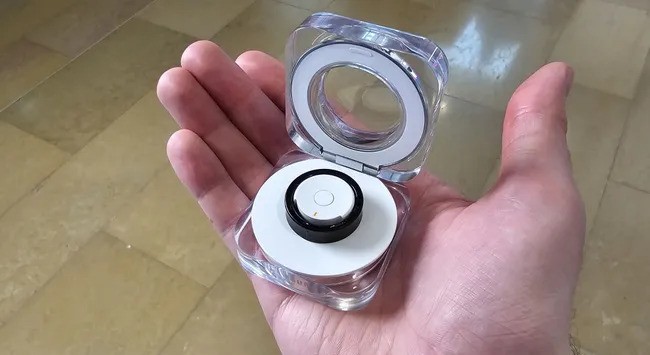Quiet, screen-free fitness technology is slowly coming back.
I have spent years examining the newest smartwatches, from feature-rich flagships to specialty fitness trackers. These are undeniably potent instruments that follow your workouts, monitor health measures in real-time, serve your wallet at checkout, and even assist you to navigate on the move.
But there is a flip side here. Additionally, they enhance an already heavily screened existence.
That little rectangle on my wrist demands constant attention even when I’m trying to disconnect—out for a walk, jogging, or winding down for bed. Nudges to breathe or move, flashing notifications, vibrating reminders. It keeps going. And while every element is helpful on its own, the combined result is exhaustion.
That’s why, outside of product testing, I’ve found myself drawn to screenfree or lowdistraction fitness trackers—devices that help me stay on top of my health without always pulling me back into the digital world. Should you also have a desire for something more delicate, here are five unobtrusive fitness tools I personally suggest.
1. Oura Ring 4
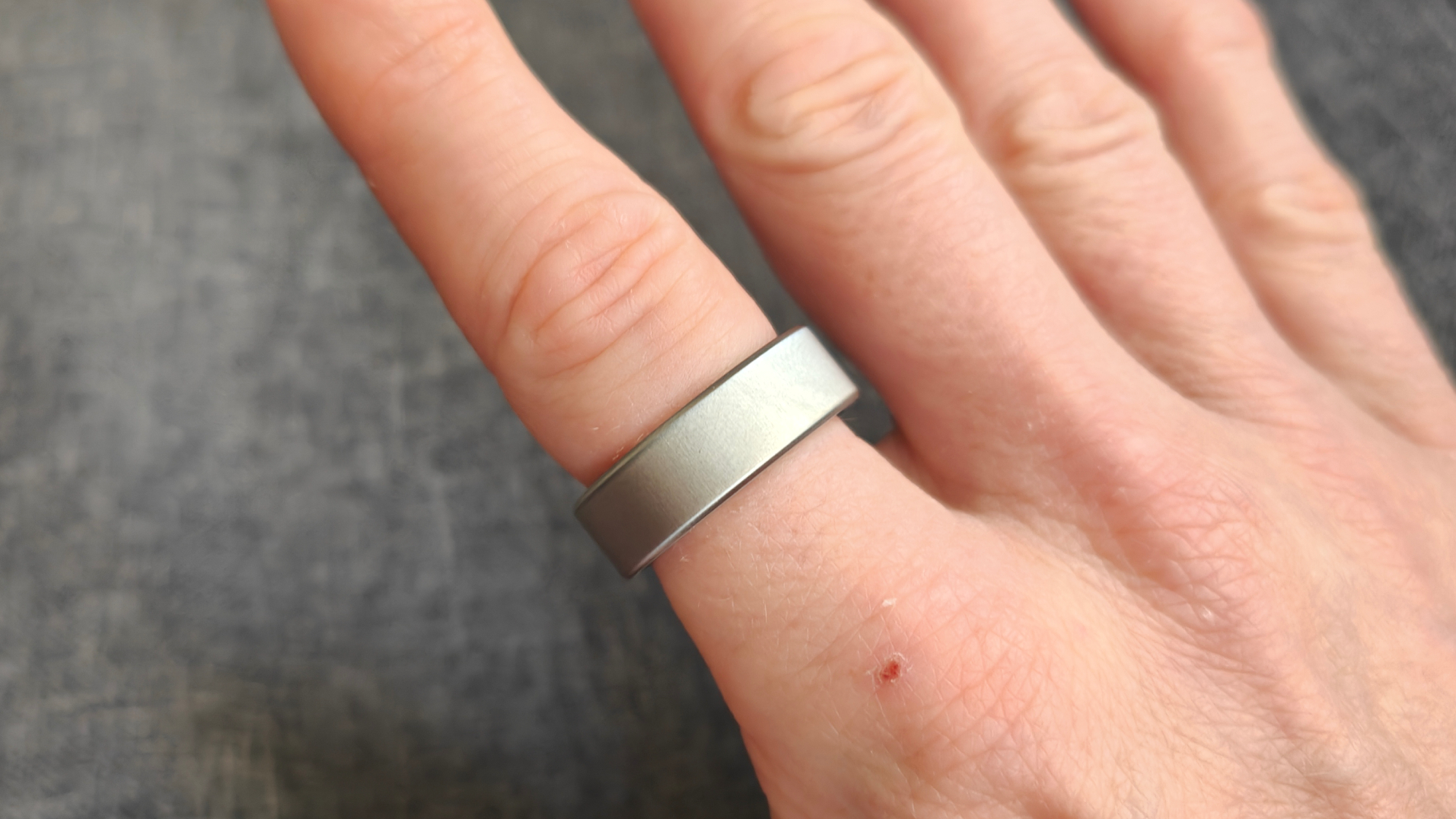
The Oura Ring 4 is among the best smart rings available if you want an elegant, understated approach to monitor your health.
Unlike a smartwatch, the Oura Ring lacks notifications or a display. Rather, it silently tracks your heart rate, sleep, recovery, and stress, synchronizing the results to your phone for future analysis. Without the digital distractions, it is sleek, comfortable, and allows you to concentrate on the important facts.
Though it costs $349 / £349 / AU$699 plus a monthly subscription of $5.99, it provides thorough, exact insights supported by AIdriven study. We awarded it a robust 4.5 stars, applauding its dependability and understated elegance.
2. Whoop MG
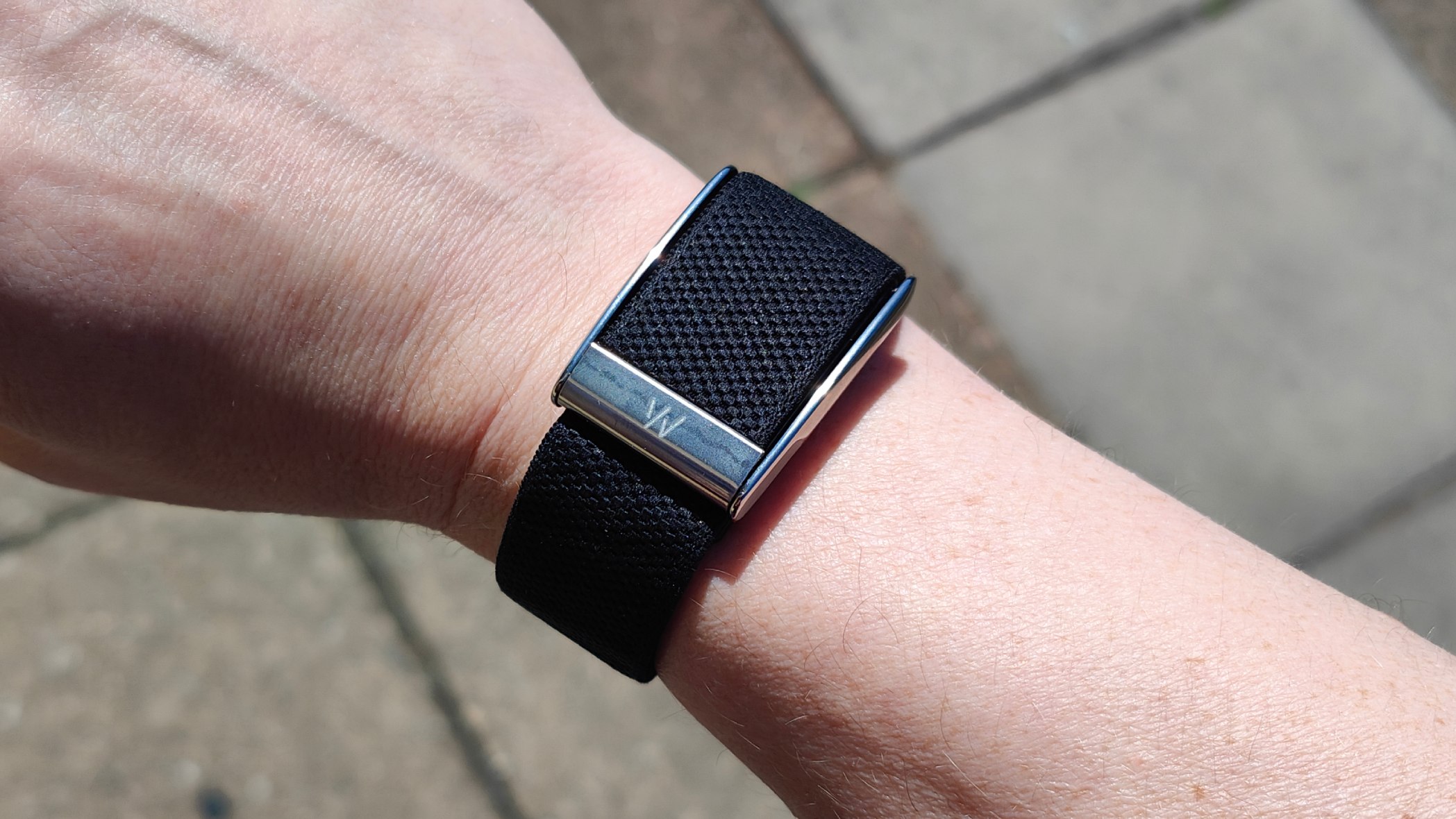
Serious performance monitoring is what Whoop is all about; the newest Whoop MG carries on that heritage. Although the complete review is still in progress, I can proudly claim that it is among the most sophisticated wellness trackers I have ever tested.
Employing medicalgrade sensors and sophisticated algorithms, this gadget helps top athletes (and average people) maximize their health by concentrating on strain, recovery, sleep, and stress. There is no screen; rather, a thin band fades into the background.
Still, the cost is high. With a yearly membership price of $359 / £349 / AU$629, the Whoop Life Membership could readily run over $1,000 over a few years for long-term members. Also worth noting: there’s no builtin GPS, so if you’re a runner, you’ll probably want to pair it with something like a budget Garmin watch.
3. Samsung Galaxy Ring
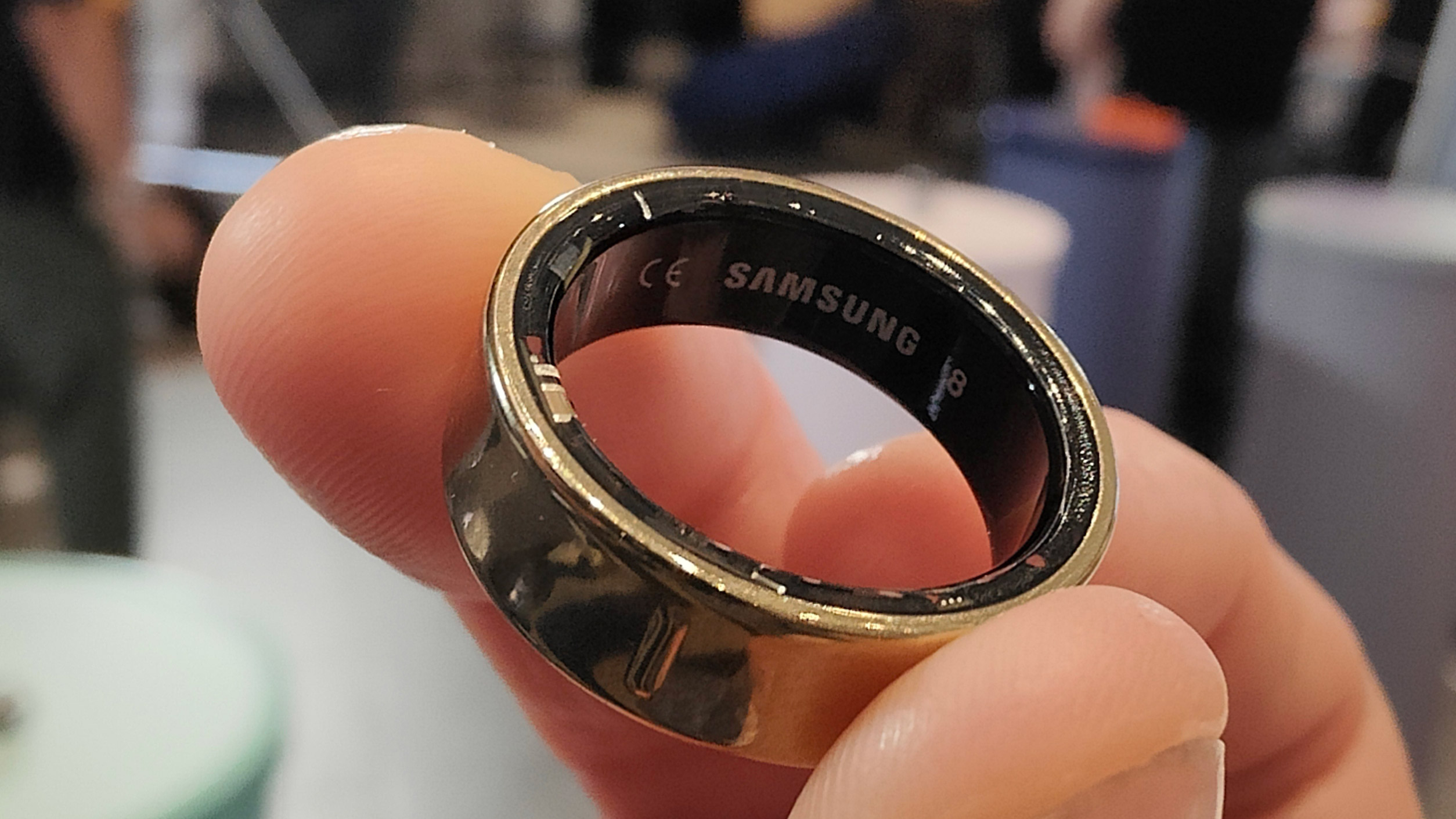
For those in the Samsung ecosystem, the Galaxy Ring might be your perfect unobtrusive wearable. Though without the monthly subscription, it offers many of the same functions as the Oura Ring—sleep, heart rate, stress, and cycle tracking—thus more inexpensive over time.
Straight into the Samsung Health app, the Galaxy Ring provides clear, simple-to-understand measurements. It’s a strong entry into the smart ring market with its artificial intelligence capabilities, superb battery life, and premium design—and we awarded it 4.5 stars for its fluid user experience.
Most importantly, it’s quiet; it’s fashionable and practical.
4. Fitbit Inspire 3
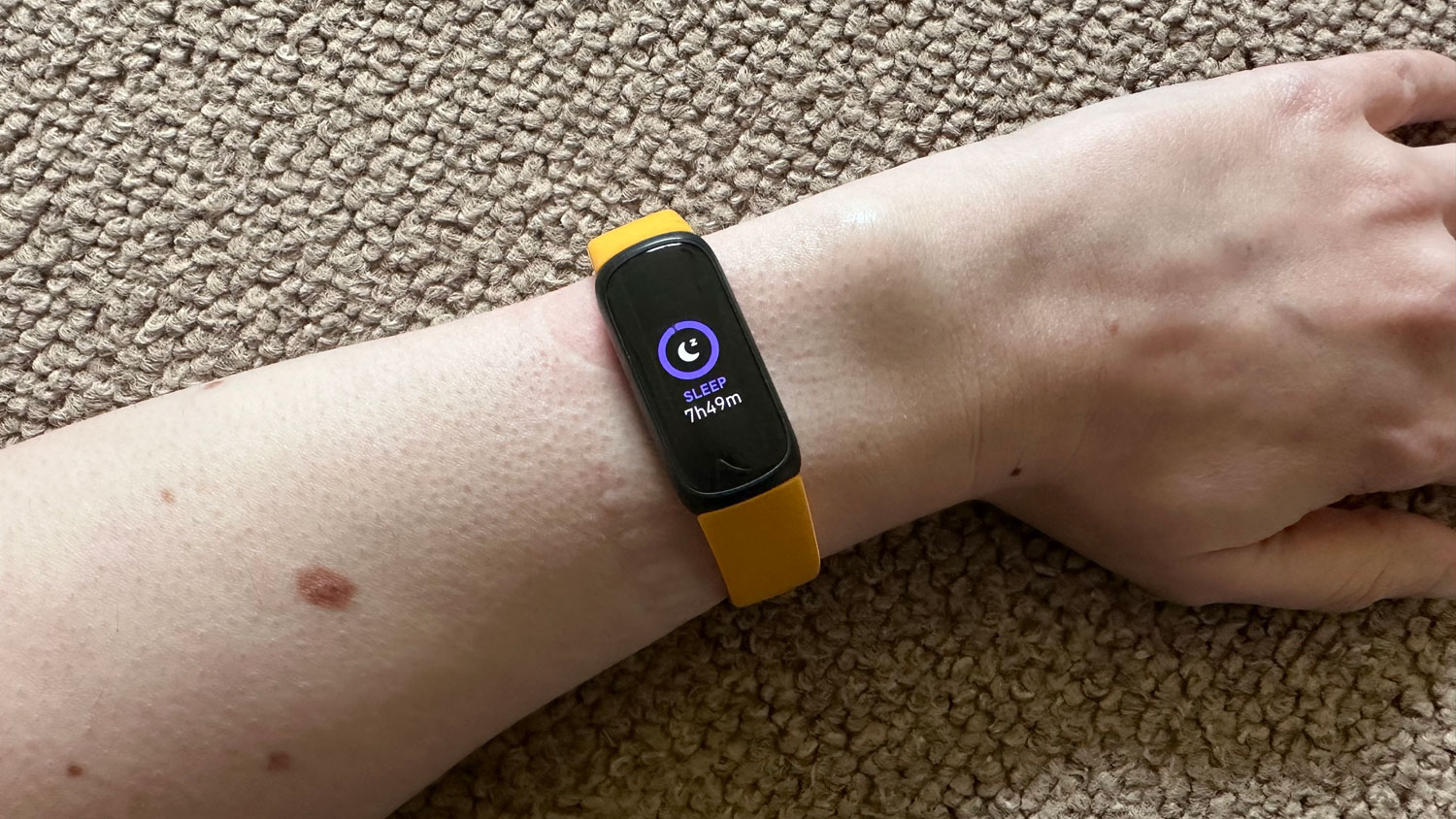
Though the Fitbit Inspire 3 does have a screen, its small, simple design seems worlds apart from the vivid, taxing displays of full-on smartwatches. It intends to offer you exactly enough knowledge without grabbing your focus.
Logging steps, heart rate, sleep, and stress, this small, affordable tracker’s seven-day battery life is perfect for all-day wear. You may even snap it out of the band and attach it to apparel, classic pedometer style.
We have portrayed it as basic, economical, and userfriendly; great if you desire a calmer exercise buddy without charging smart ring prices.
5. Garmin Index Sleep Monitor
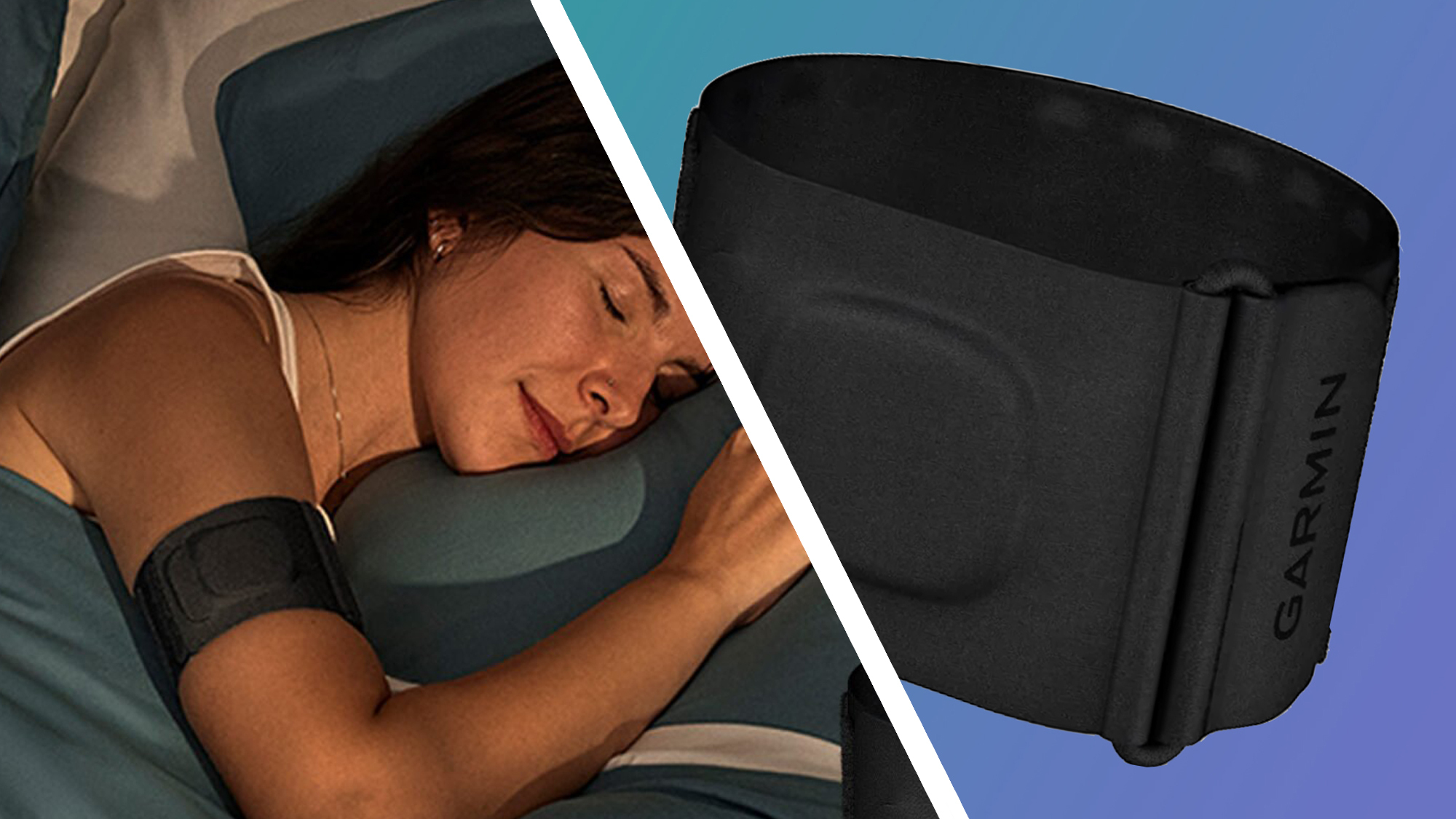
Though I haven’t tried it myself, I find Garmin’s initial sleep-focused wearable, the Index Sleep Monitor, interesting. Without the weight or distraction of a conventional Garmin watch, it is meant to be worn on your upper arm and monitors sleep quality, restfulness, and nocturnal biometrics.
Regarding correct sleep analysis, Garmin has a solid track record; early indications indicate this device provides great insight. For anyone trying to perfect their recovery without introducing yet another screen to their nighttime schedule, this could be an excellent fit.
Last Ideas
A covert fitness tracker may be exactly what you need if you’re like me — constantly surrounded by screens and feeling burnout. Whether it be a smart ring, a screenfree wristband, or a sleep monitor, these technologies provide a means to stay informed about your health without being fixed to another bright screen.
Rather than your notifications, they keep you linked to your body.
